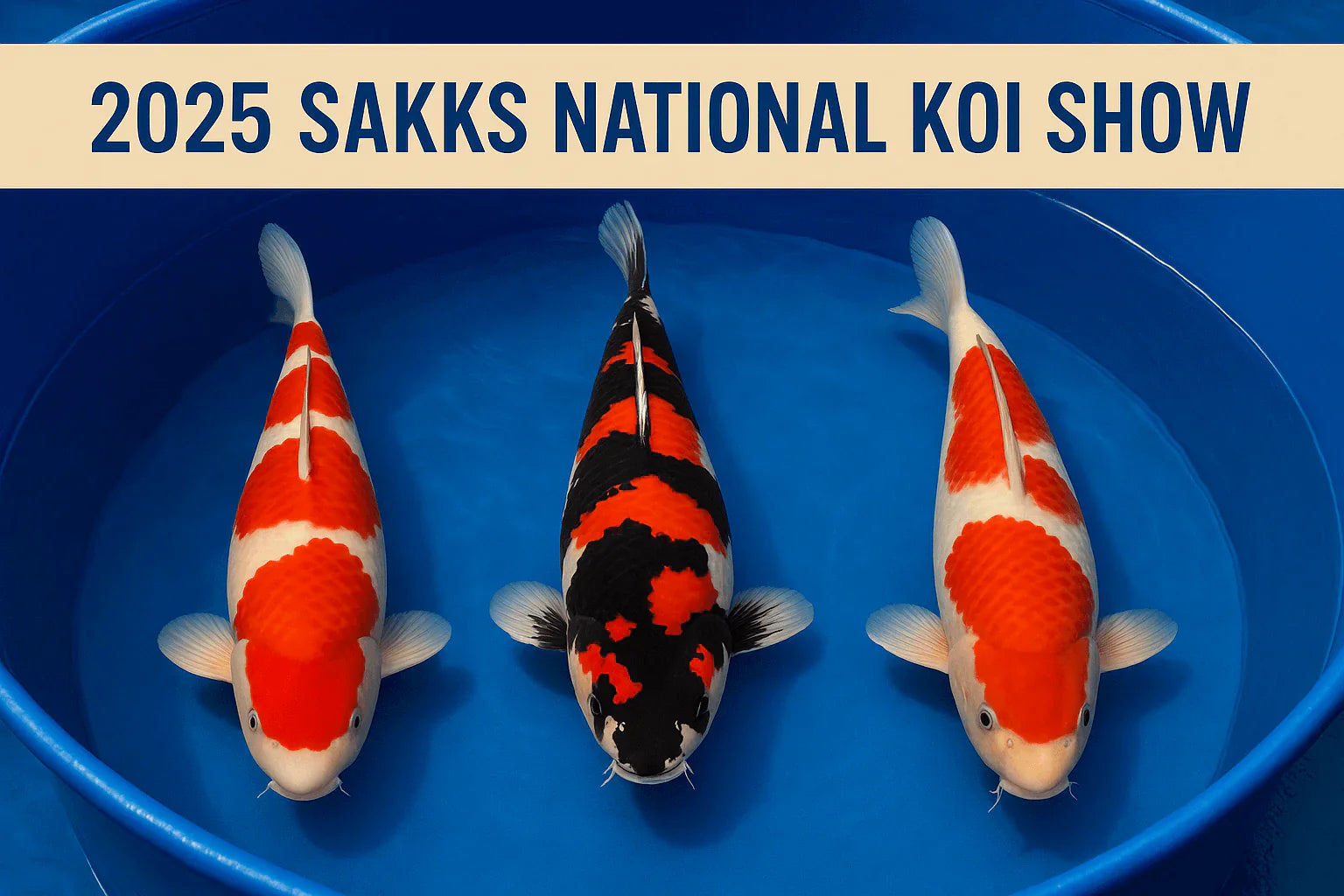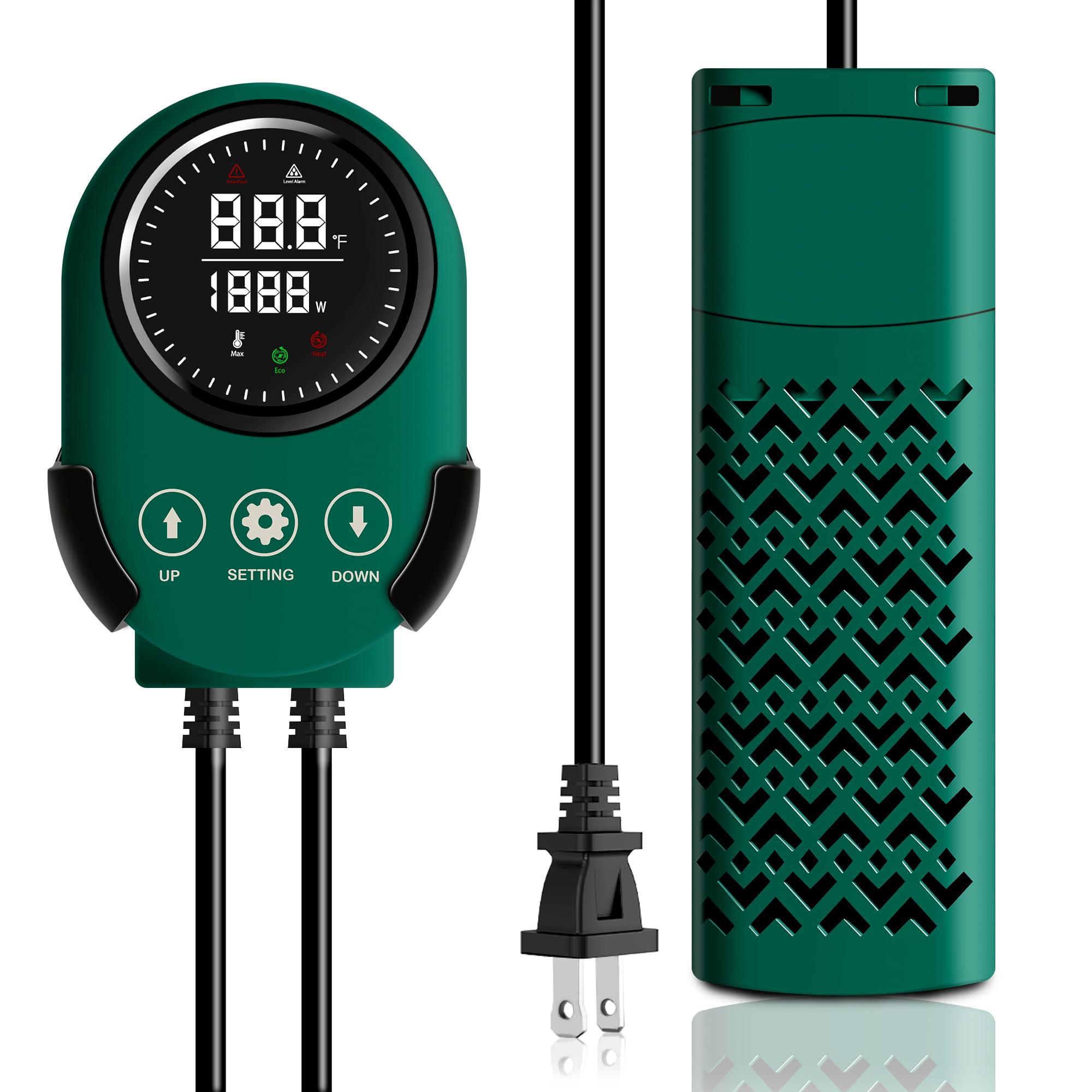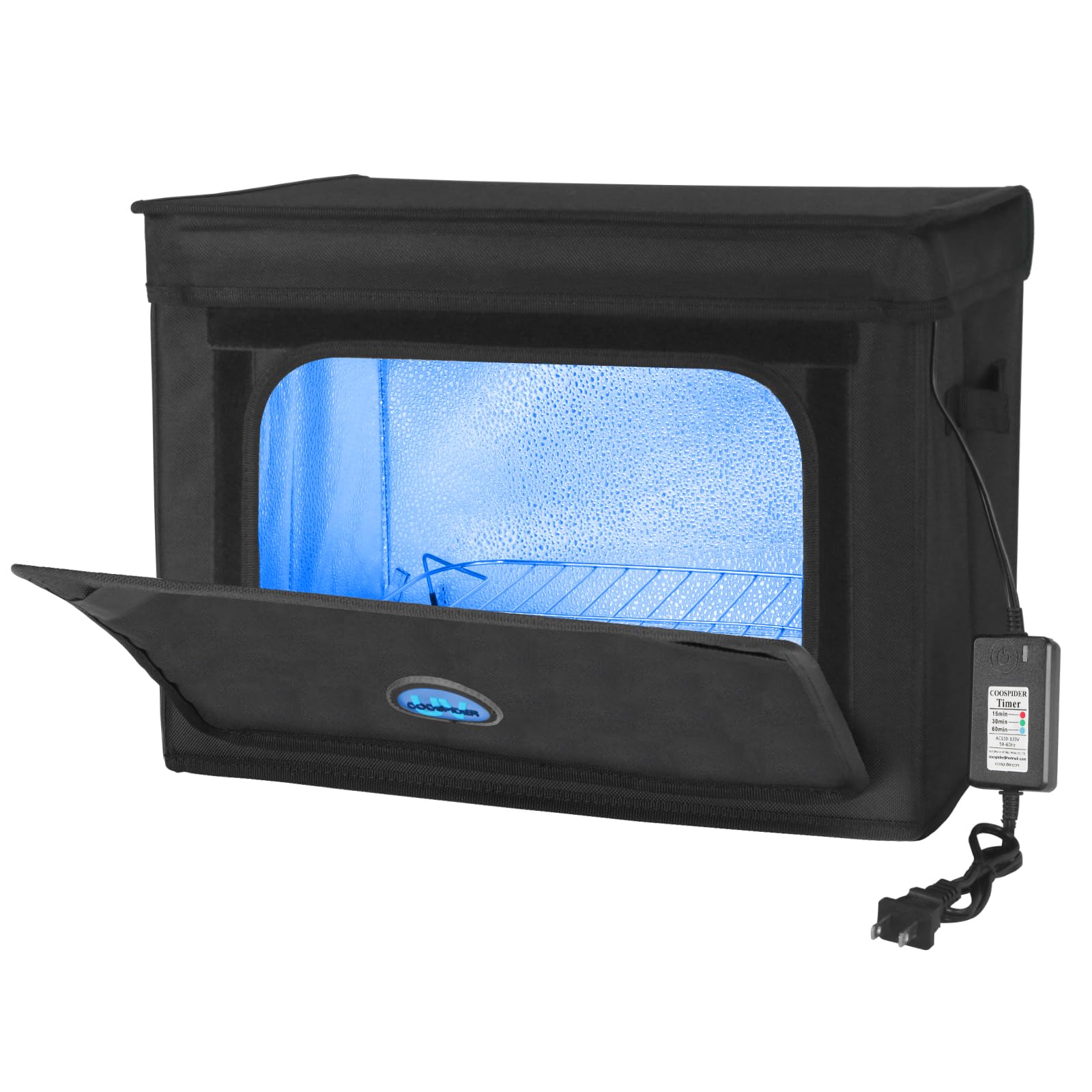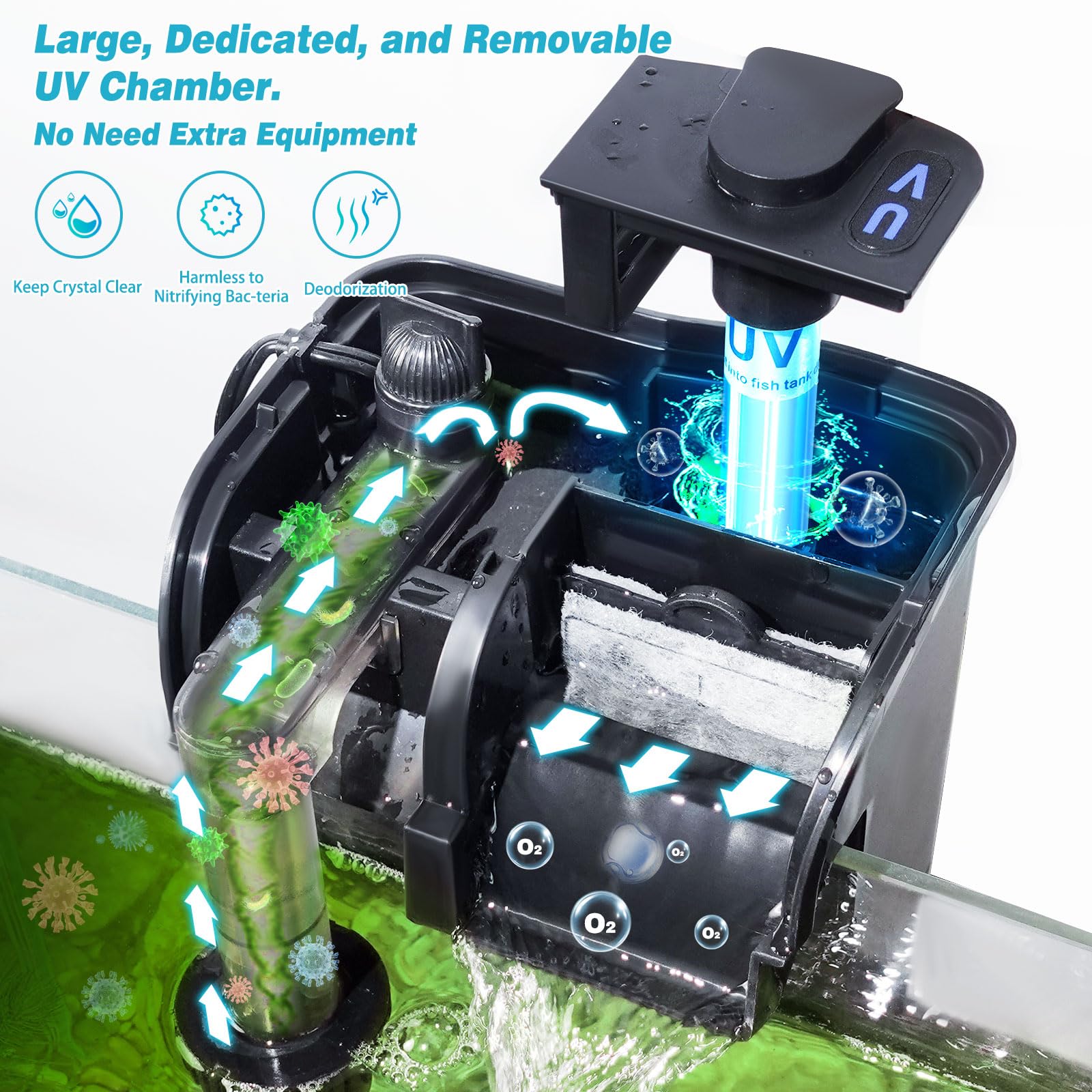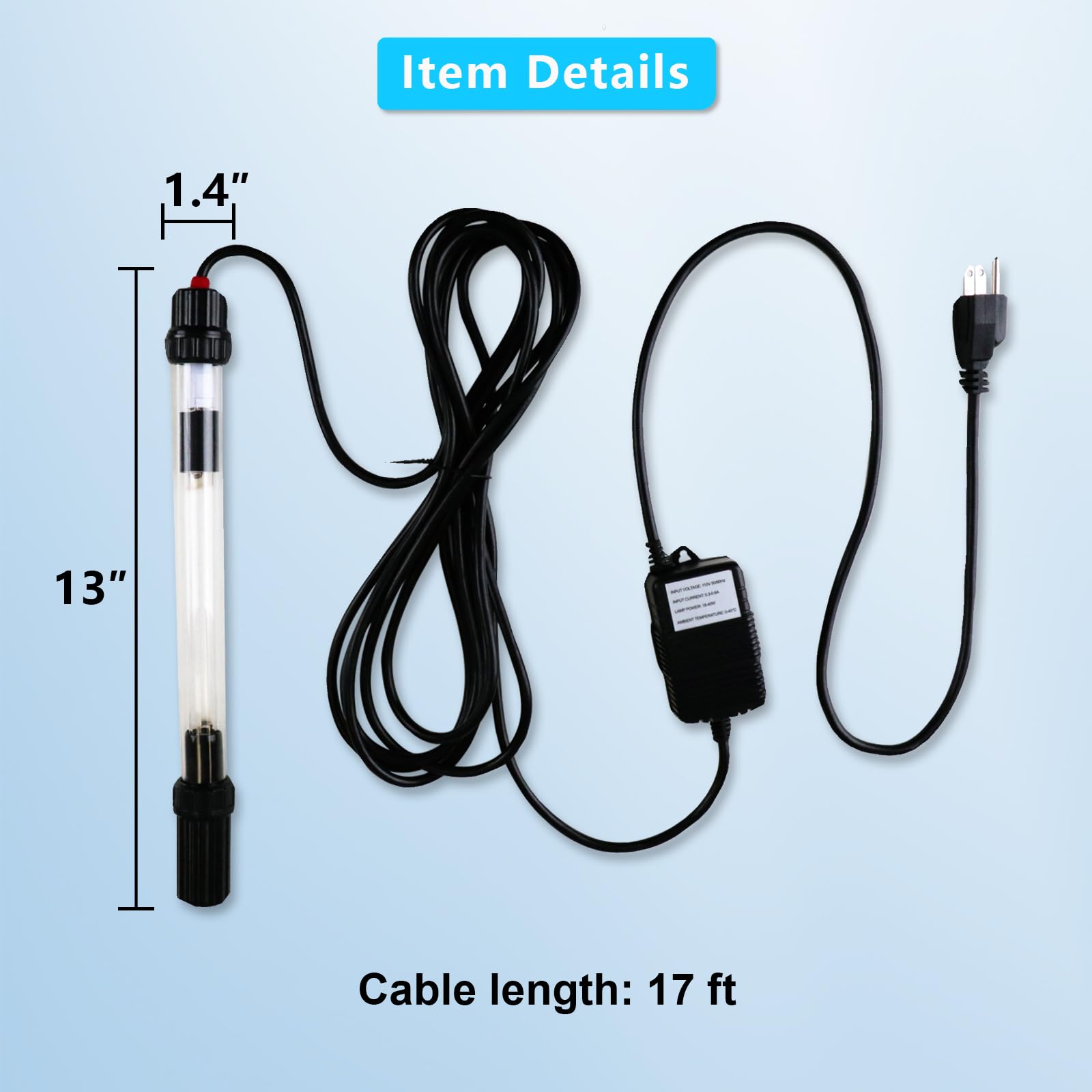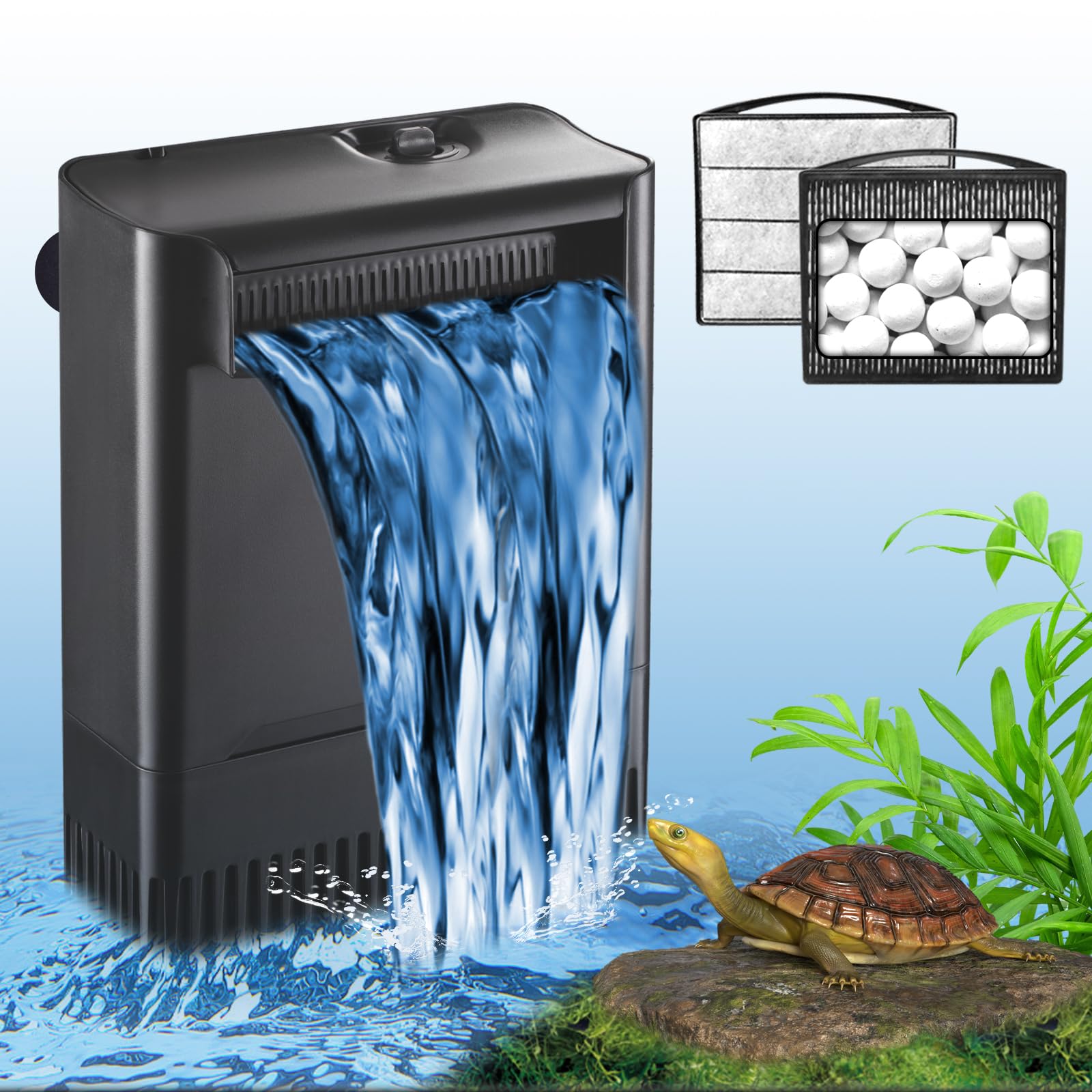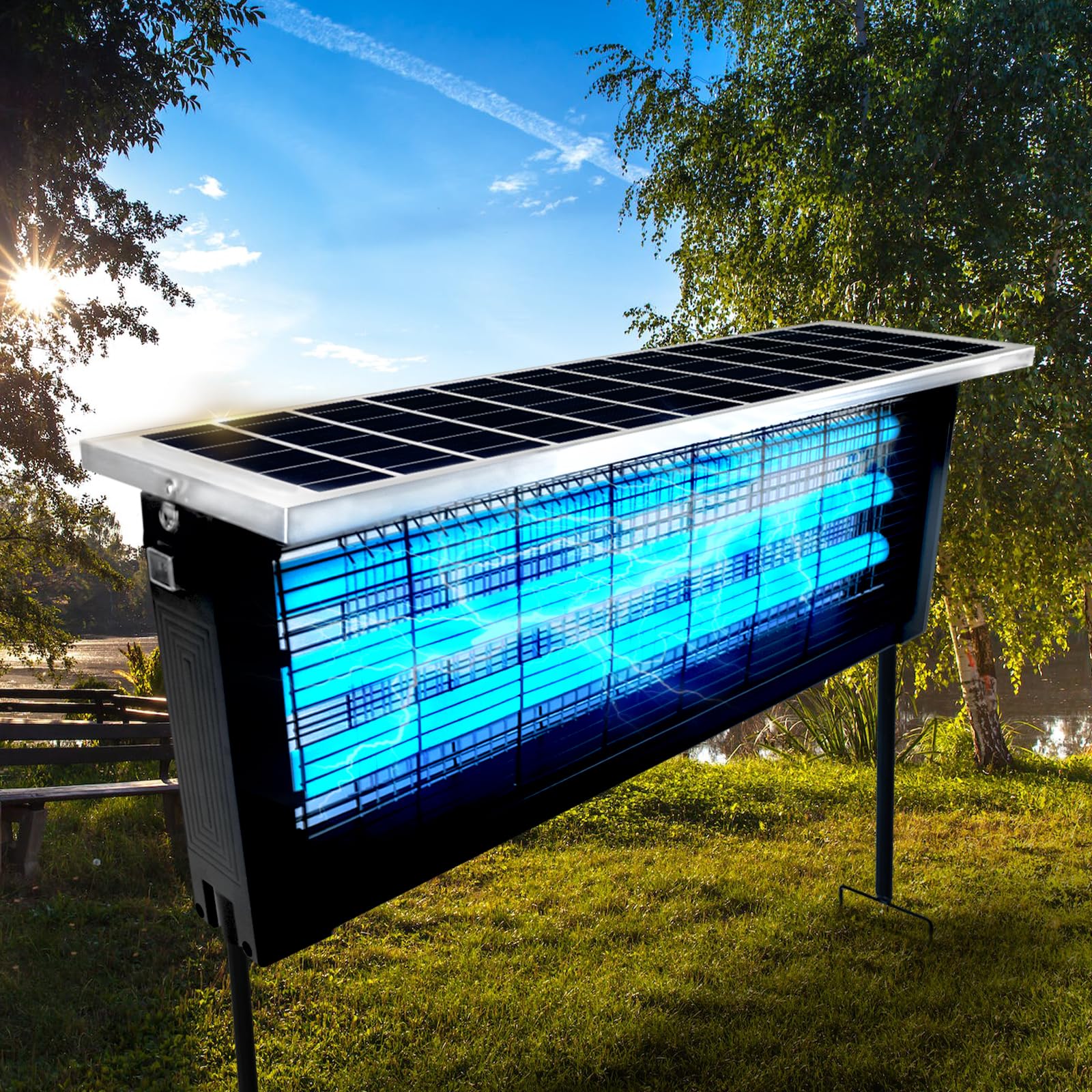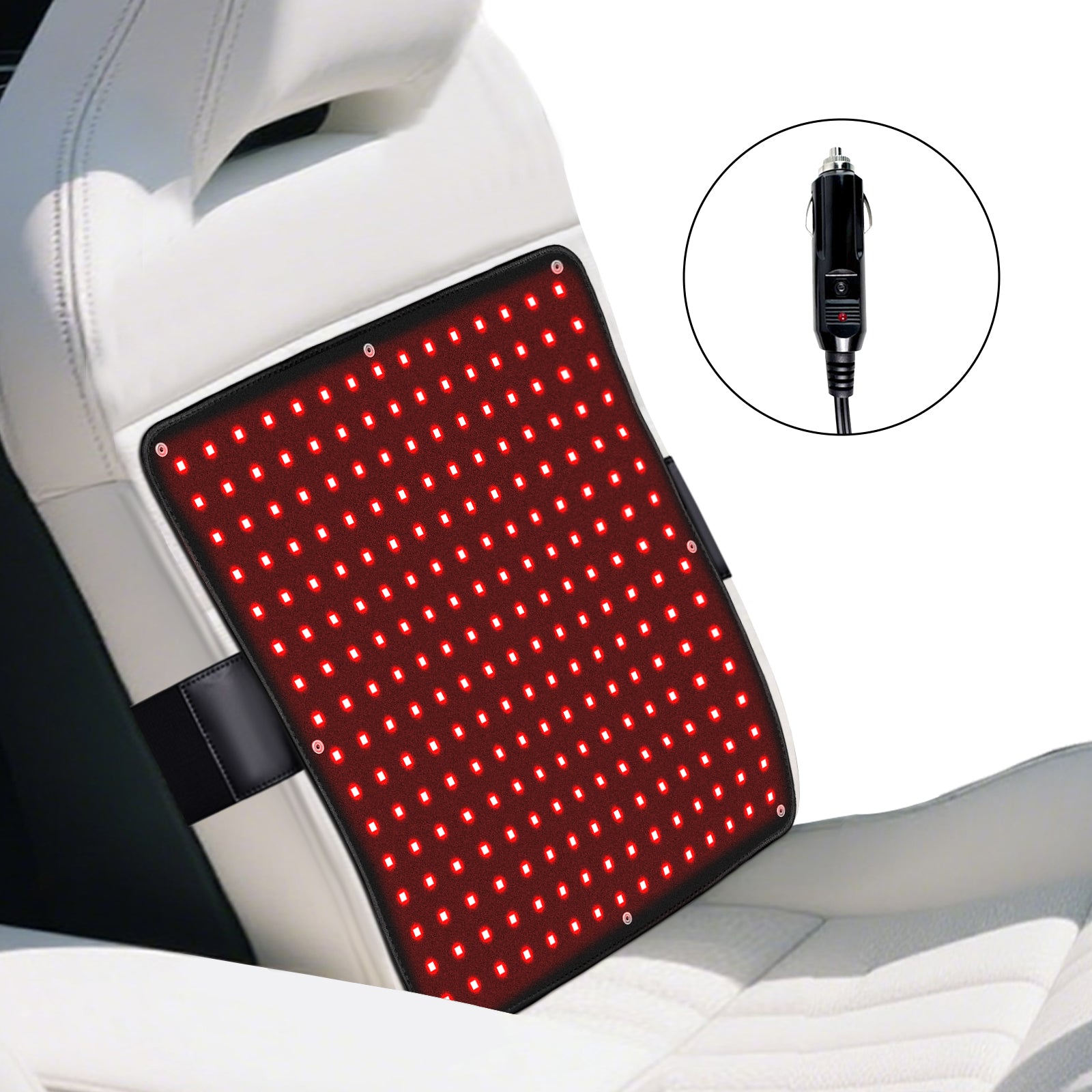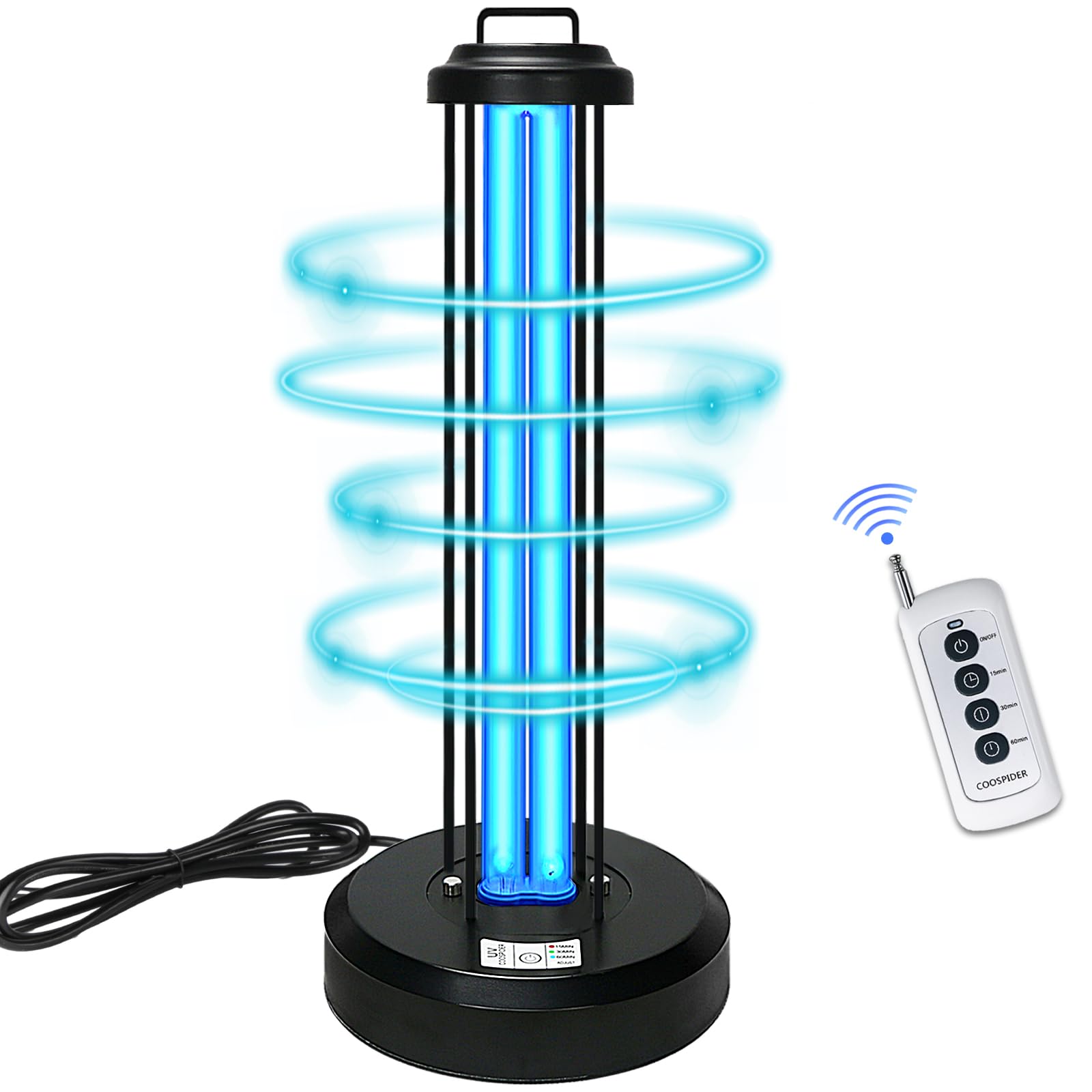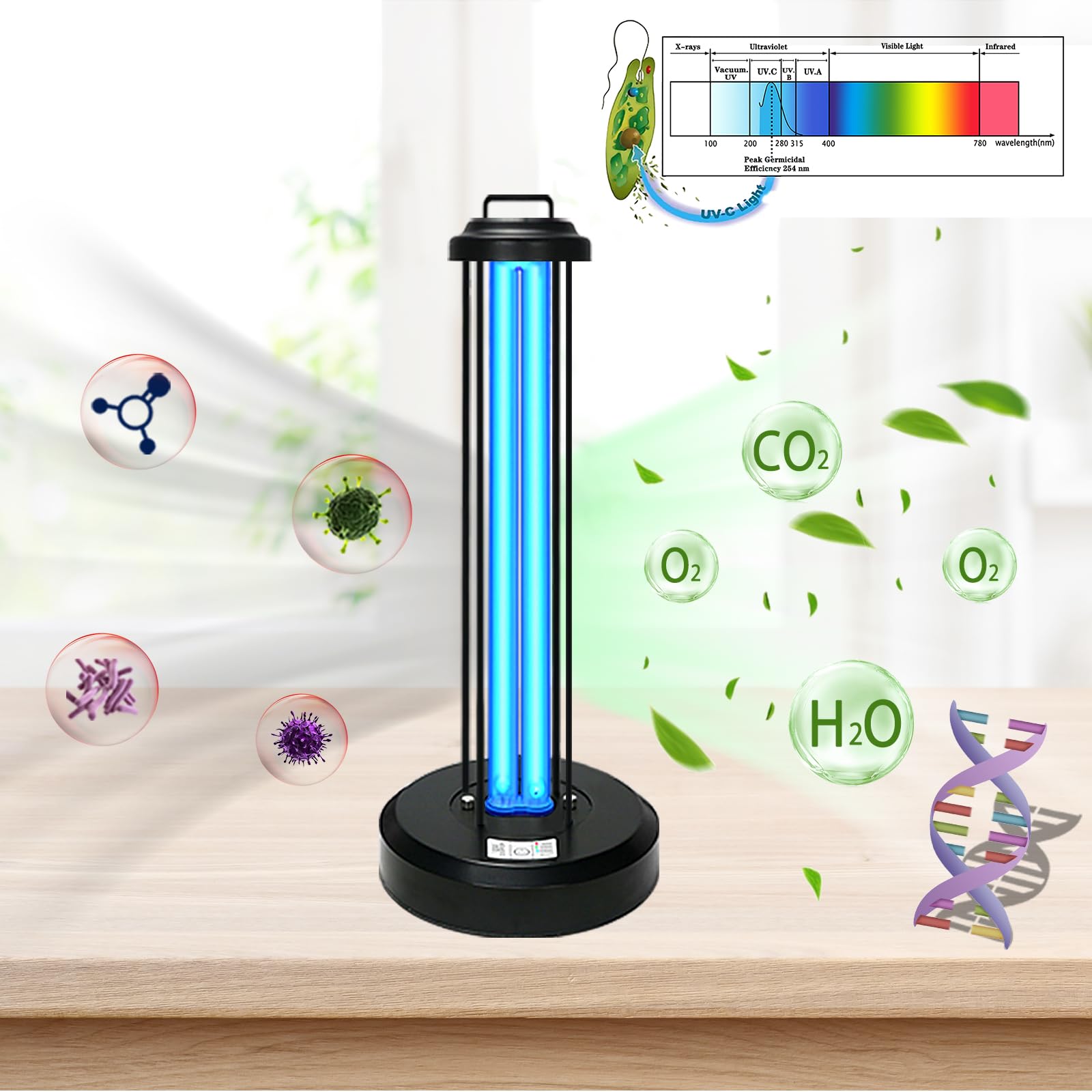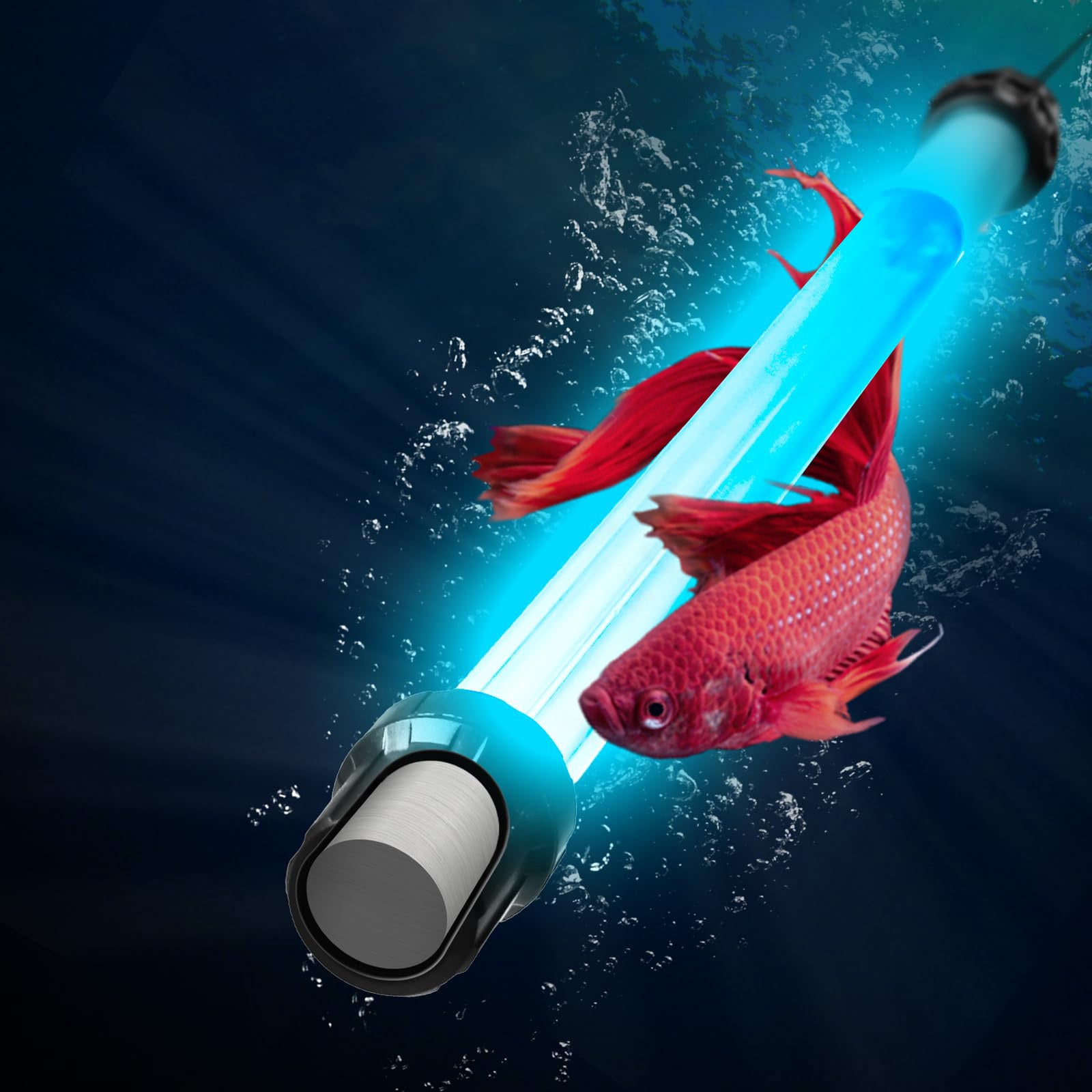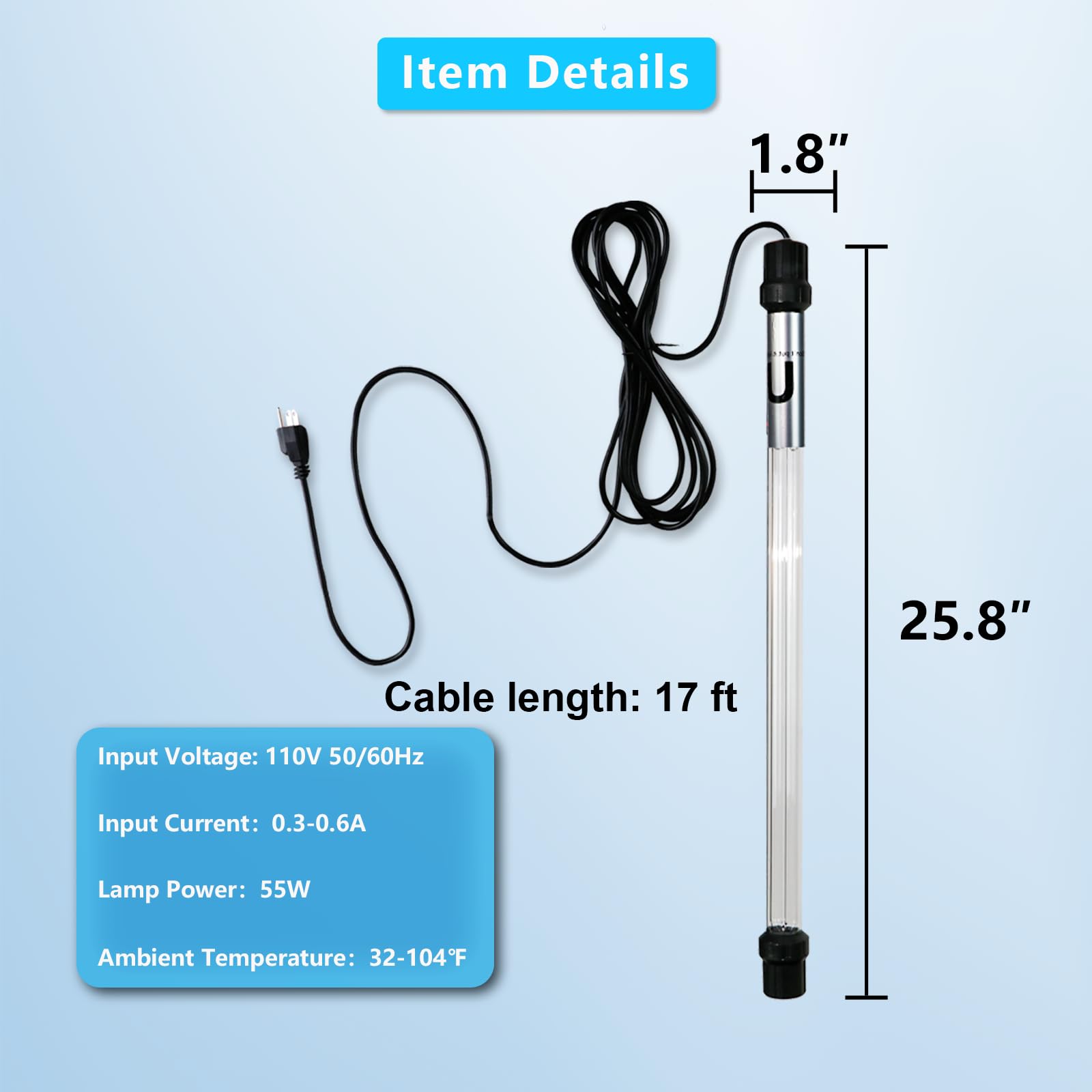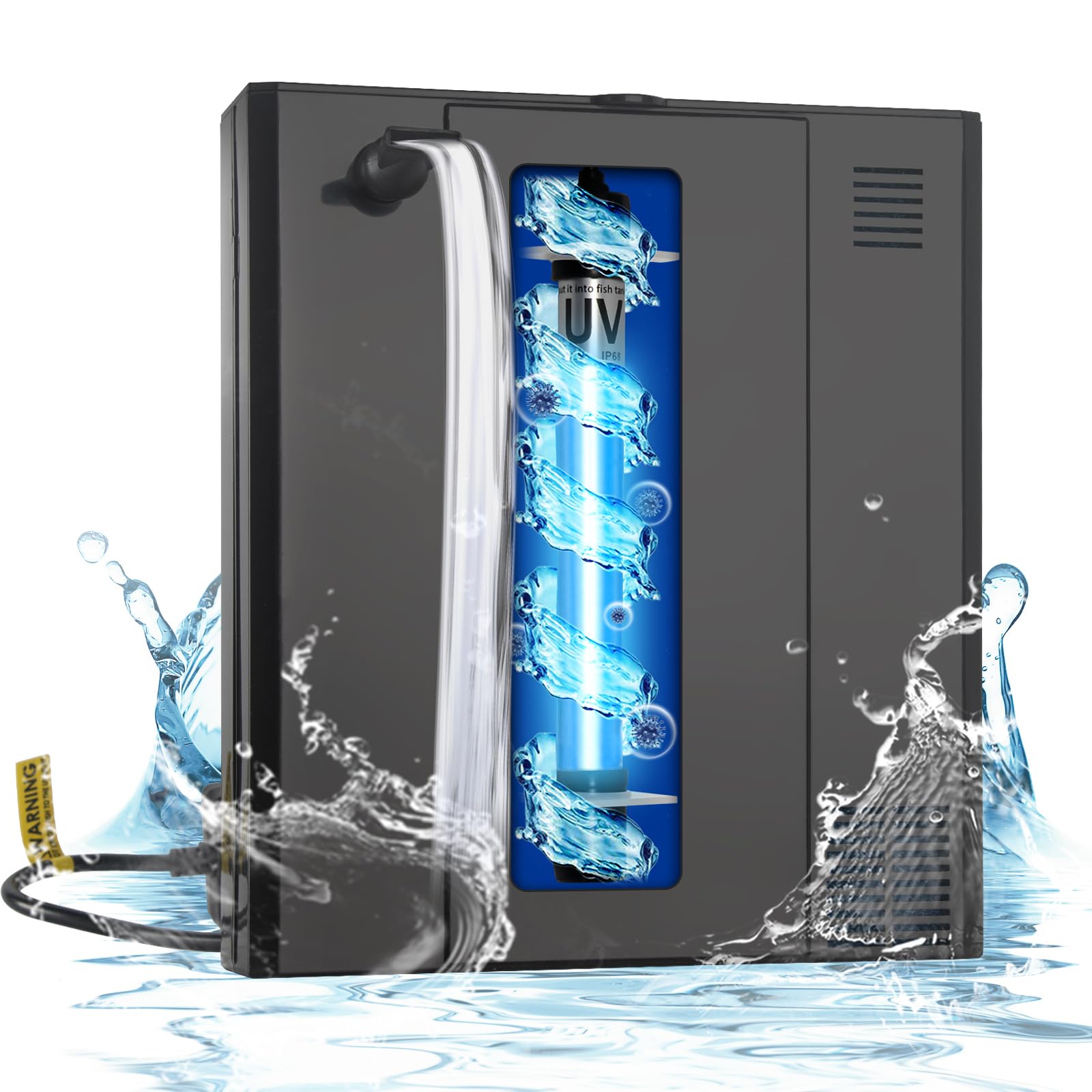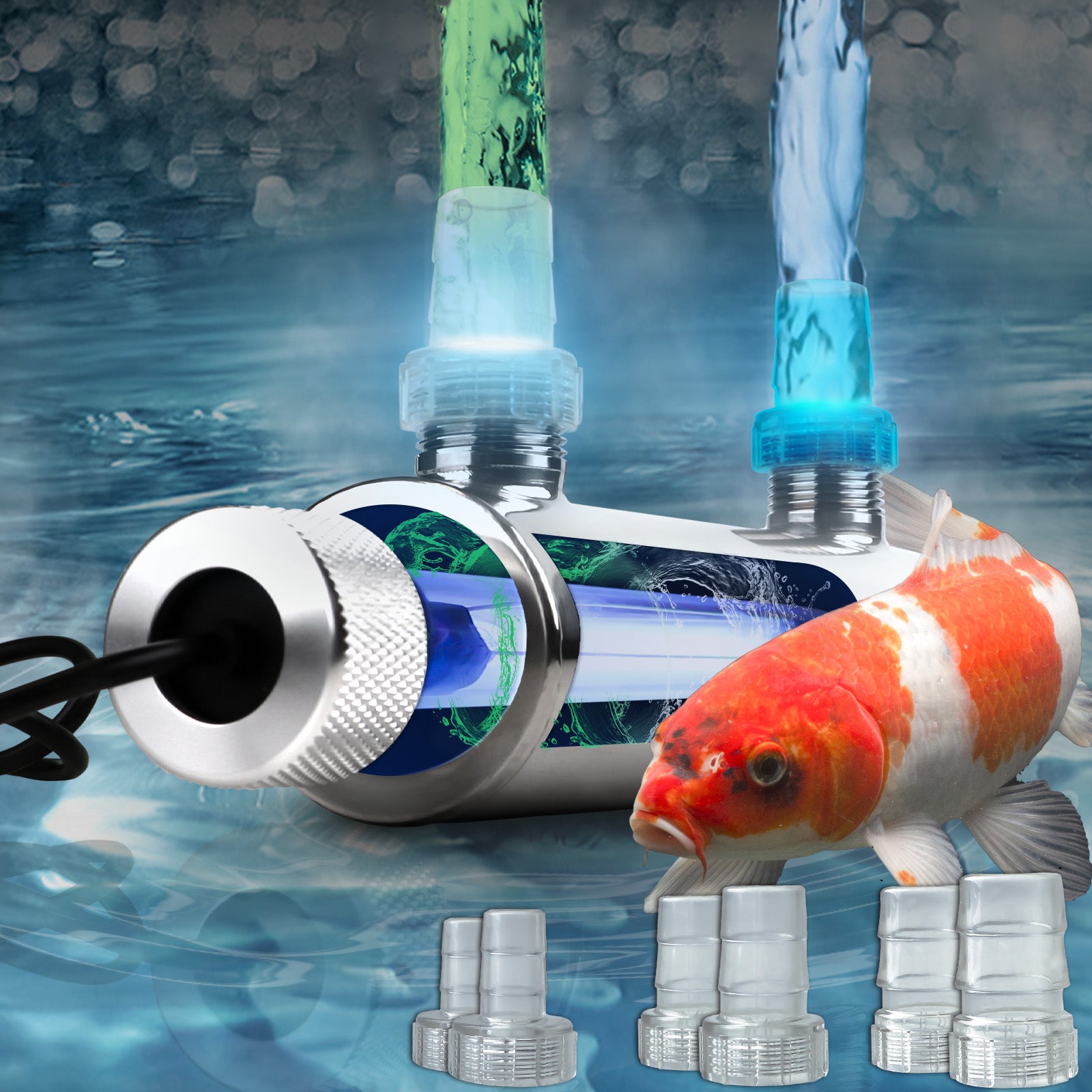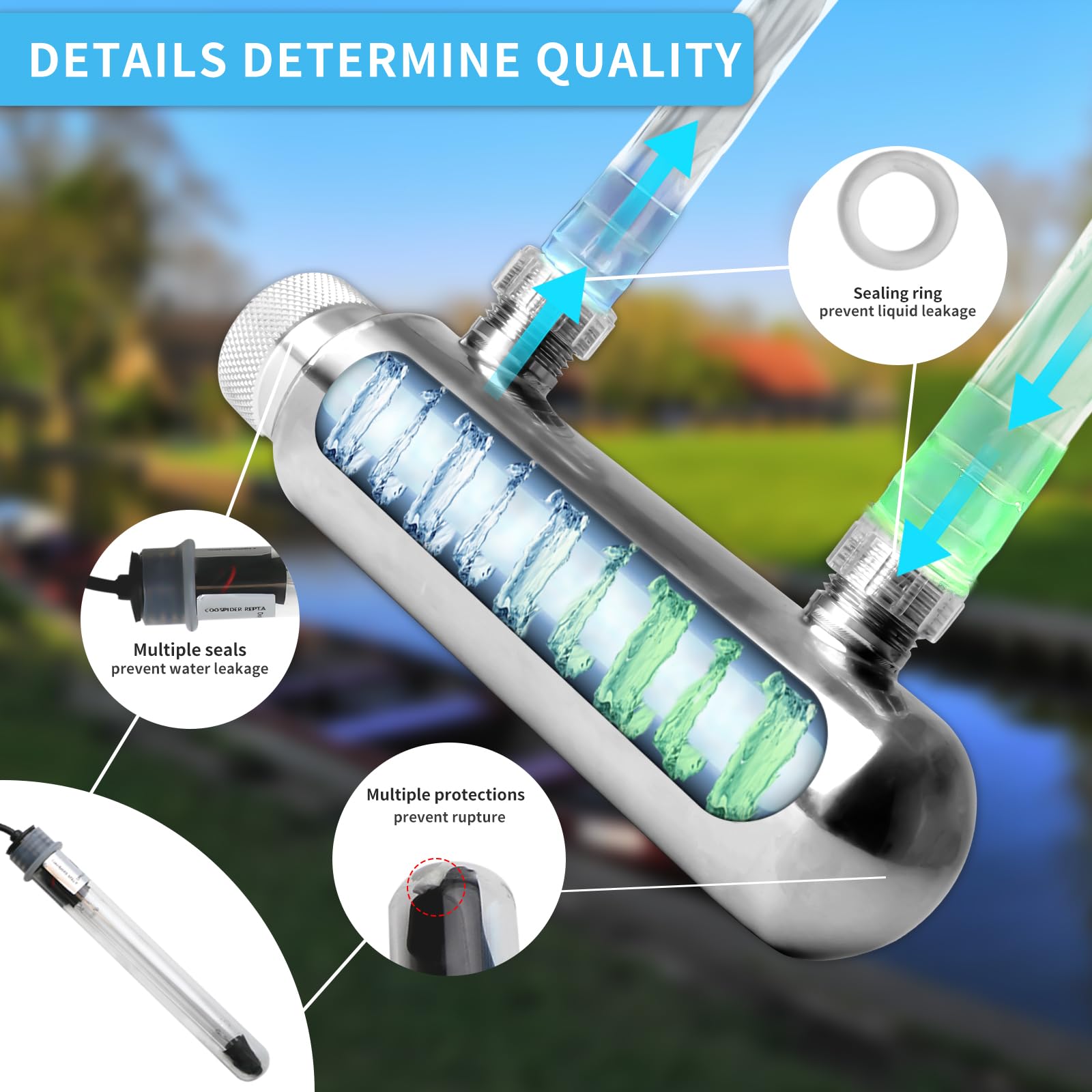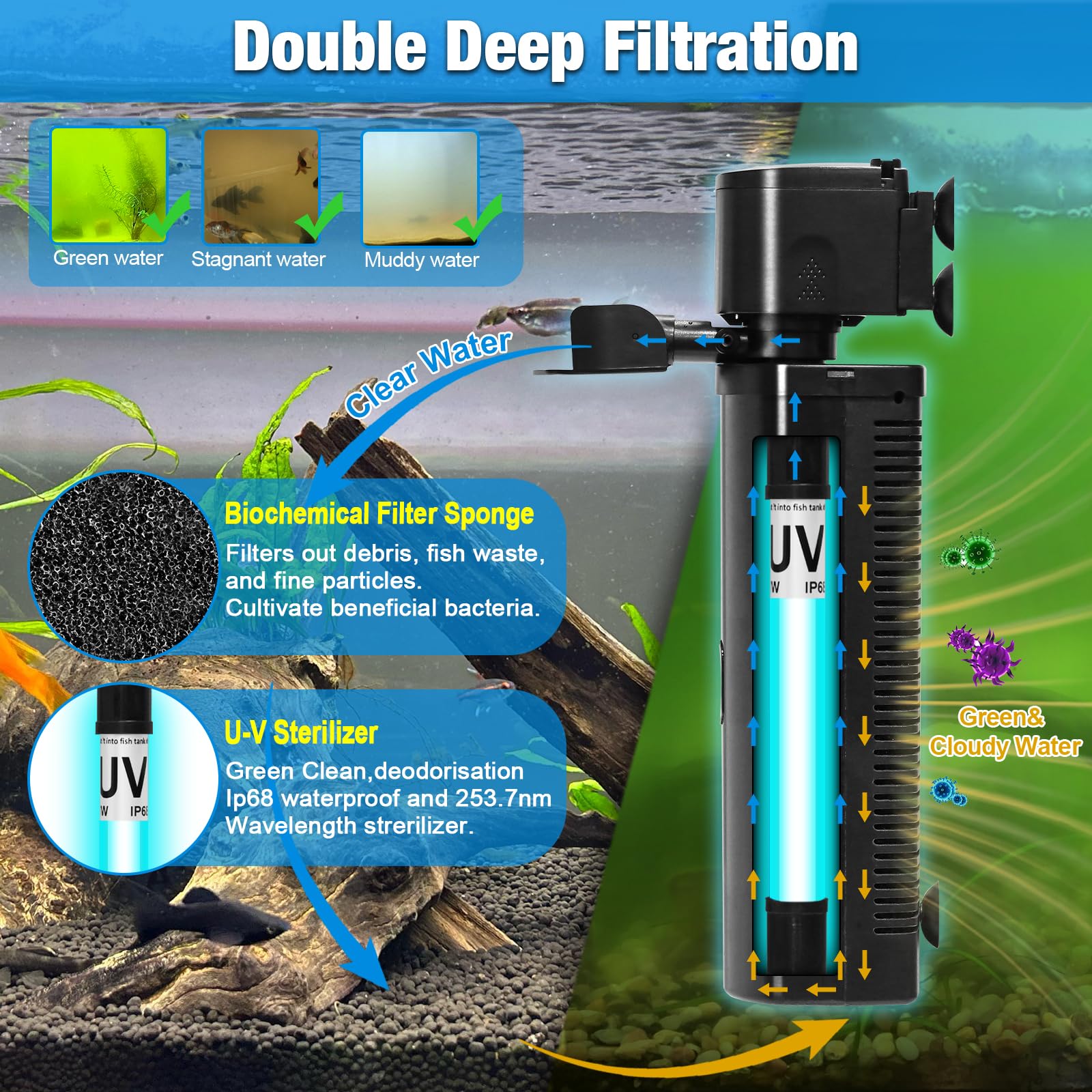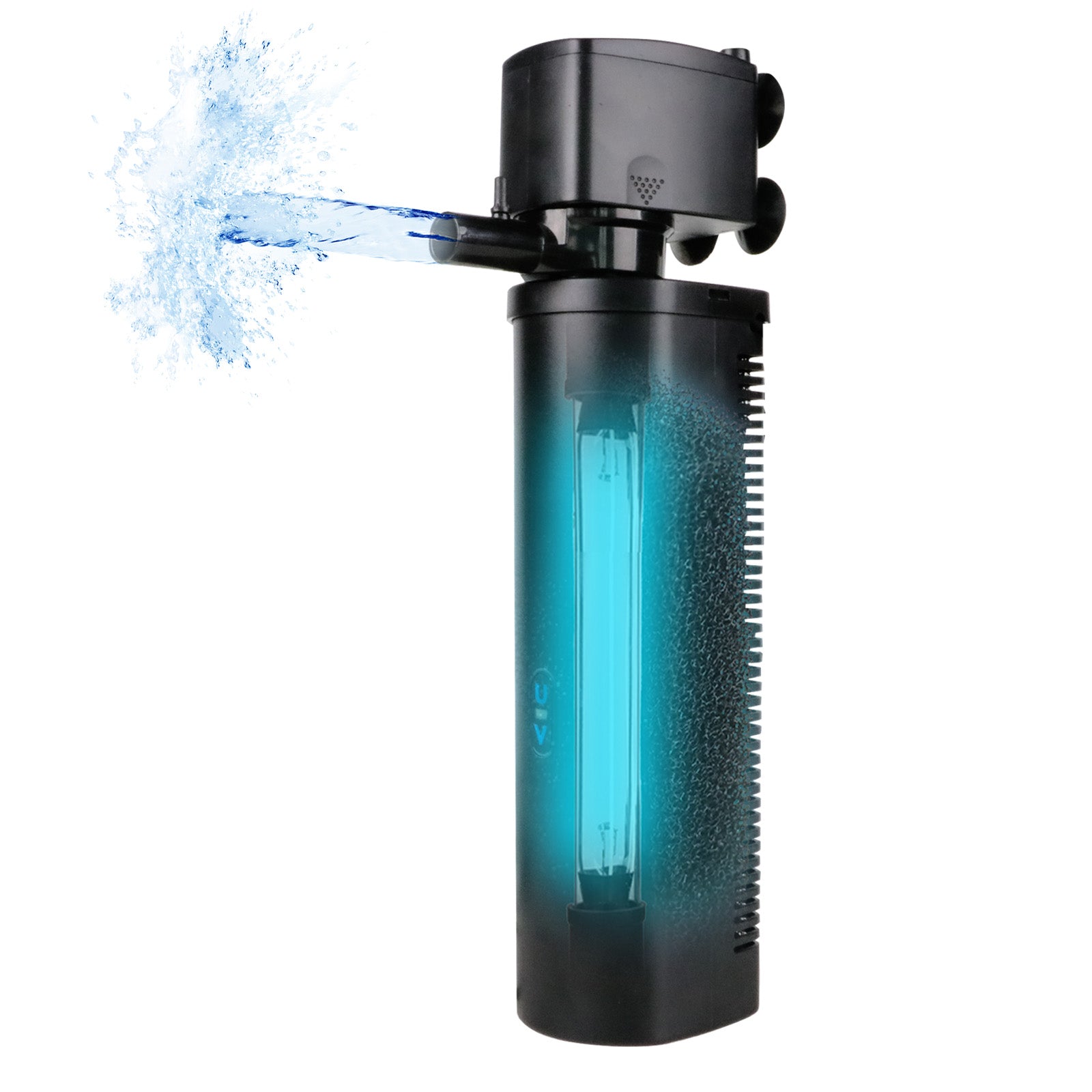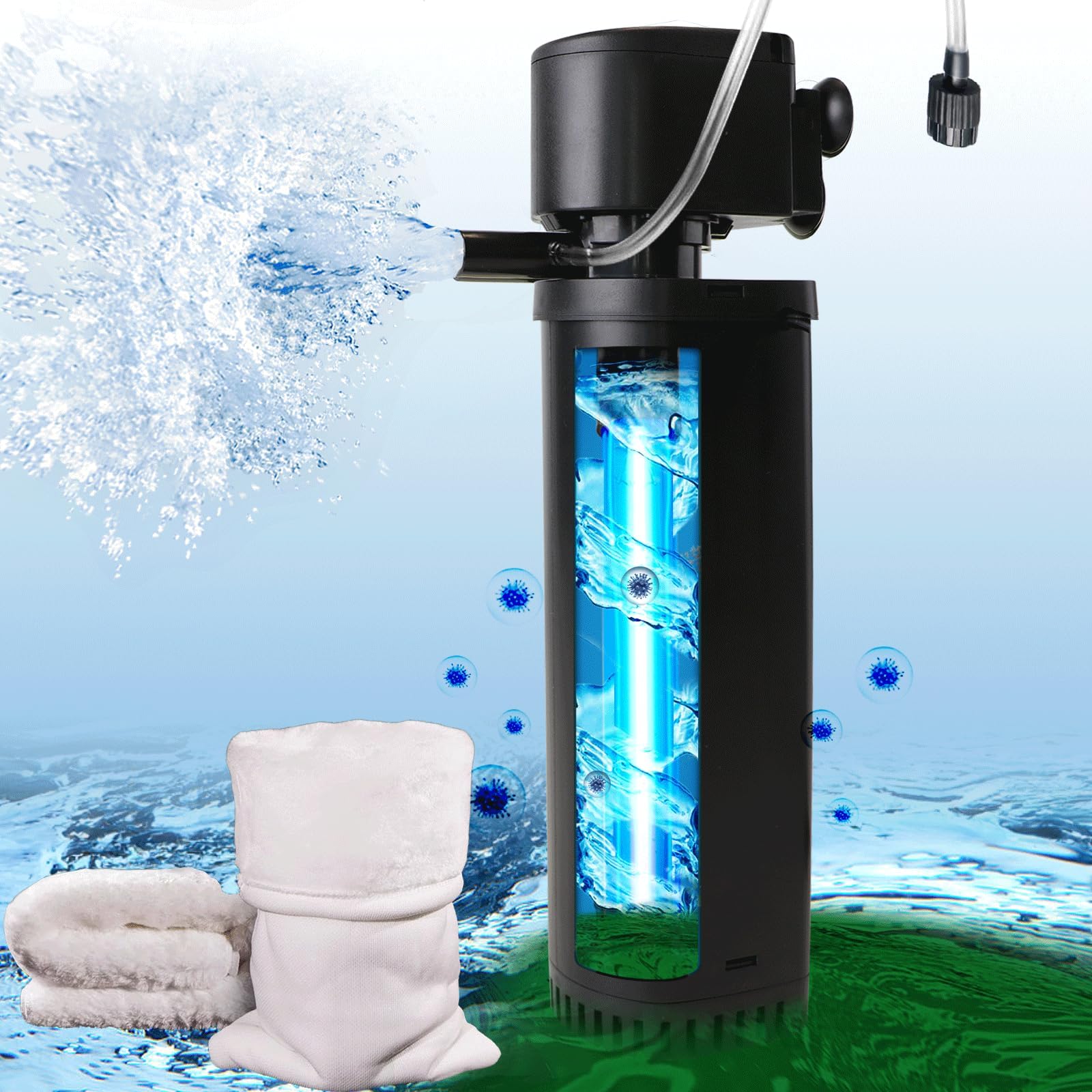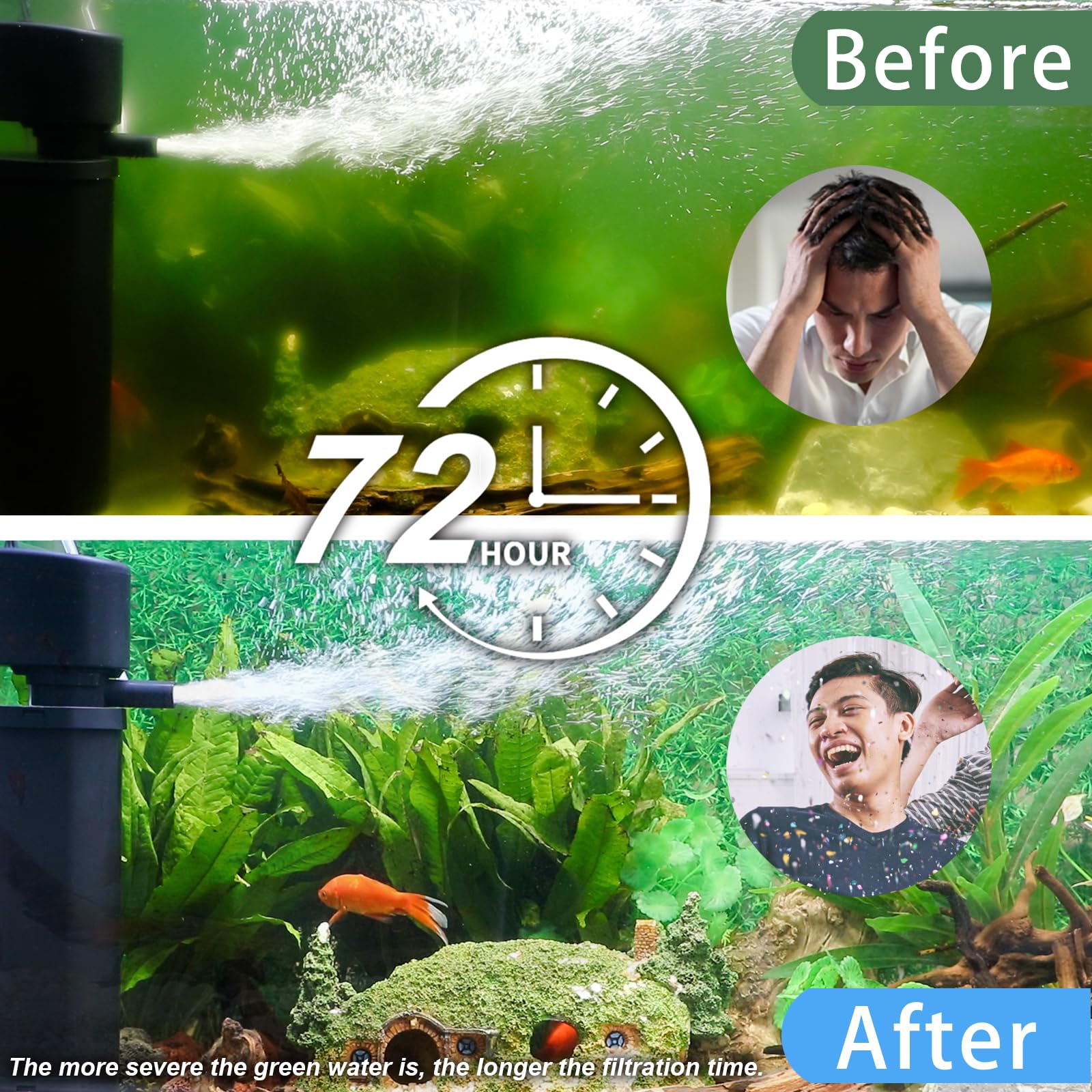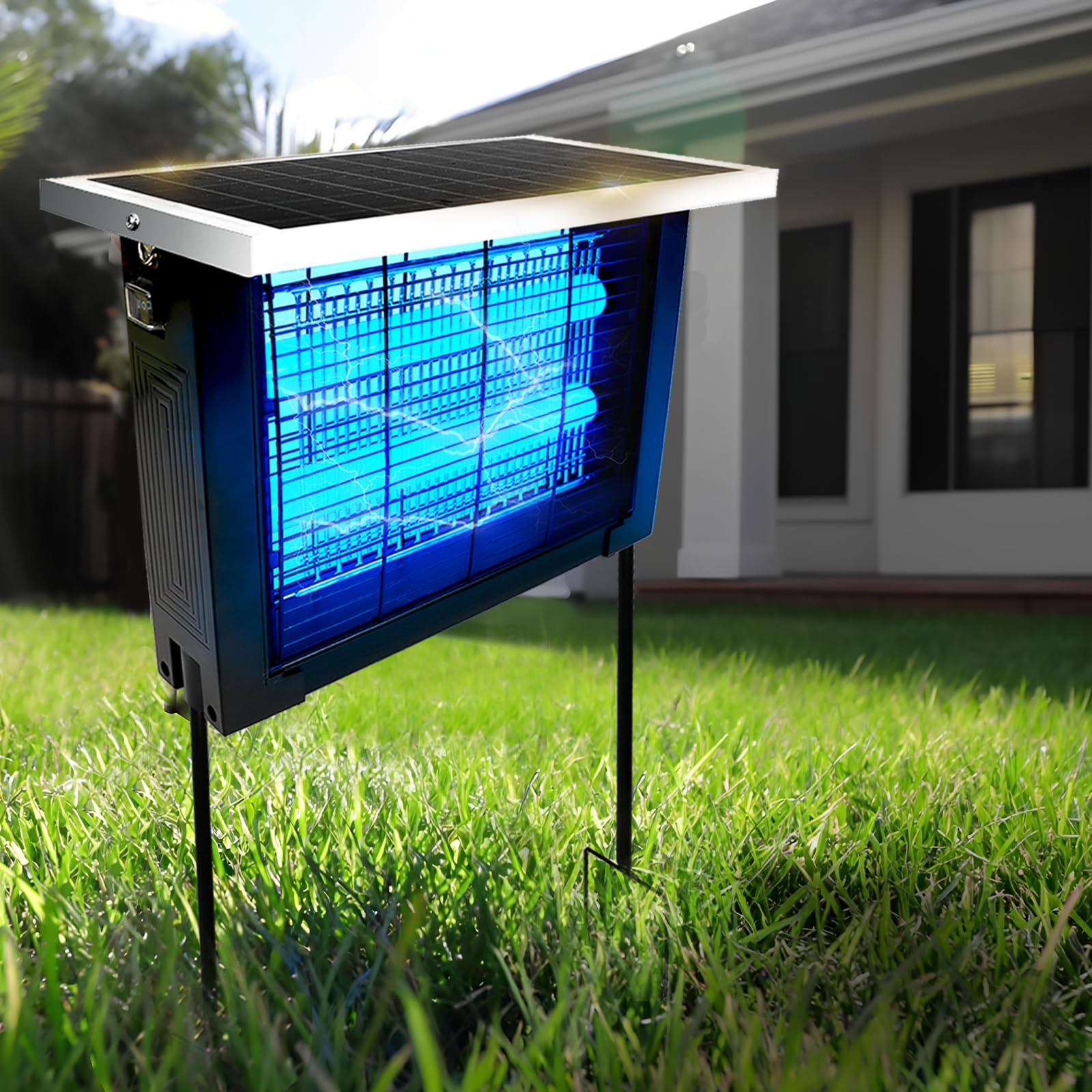Koi—often called “swimming jewels”—have long been admired for their beauty, elegance, and symbolism. While many people keep koi as peaceful backyard companions, a select group of hobbyists, breeders, and judges view koi as living works of art. For them, each fish is a masterpiece shaped by genetics, environment, and meticulous care. This passion has evolved into a global culture of koi competitions, where the finest specimens compete for prestigious titles such as Grand Champion, Mature Champion, Best in Variety, and more.
Whether you’re a novice koi keeper or a dedicated hobbyist aiming to raise a future champion, understanding how professionals evaluate koi can elevate your appreciation and sharpen your eye. This article provides a deep, 4,000-word exploration of the world of koi competitions—how they work, what judges look for, and the advanced criteria experts use to identify potential winners.
1. The World of Koi Competitions: Tradition, Prestige, and Global Influence
Koi competitions—called “Koi Shows”—originated in Japan, the birthplace of Nishikigoi. Over time, the competitive koi culture expanded across the world, particularly to the United States, Europe, China, and Southeast Asia. Today, koi shows attract thousands of enthusiasts and some of the world’s most valuable fish, with top specimens valued at tens or even hundreds of thousands of dollars.
1.1 Types of Koi Shows
There are several formats:
• All-Japan Koi Show (AJKS)
The most prestigious koi show in the world, held annually in Tokyo. Winning here is the equivalent of winning an Olympic gold medal in the koi world.
• Regional Koi Club Shows
Hosted by koi clubs across the U.S., Europe, and Asia. These shows promote community learning and hobby development.
• Breeder-Specific Competitions
Some large Japanese breeders host competitions among their clients, allowing owners to compete with koi still housed at the breeder’s farm.
• Online Koi Competitions
A growing trend, especially post-2020, allowing remote owners to compete using photos and videos.
1.2 Why People Enter Koi Competitions
Motivations include:
-
Pride in raising or selecting a top-quality fish
-
Recognition from peers and judges
-
Increasing the koi’s value
-
Connecting with the global koi hobby community
-
Learning from experts and breeders
1.3 The Role of Judges
Judges are trained through organizations such as:
-
ZNA (Zen Nippon Airinkai)
-
AKCA (Associated Koi Clubs of America)
-
BKKS (British Koi Keepers Society)
They assess koi using a standardized system but must also develop a refined, artistic eye—something that comes only through years of experience.
2. Understanding Koi Varieties: The Foundation of Judging
Before evaluating a koi, judges must understand the standards for its variety. There are over 100 recognized koi varieties, grouped into major classifications. The most important groups in competitions include:
Kohaku
White body + red pattern. The most iconic koi variety.
Sanke (Taisho Sanke)
White body + red pattern + black markings.
Showa (Showa Sanshoku)
Black body with red and white patterns.
Utsurimono
Black base koi with white, yellow, or red patterns.
Shusui & Asagi
Blue-based koi with red accents.
Bekko
White, red, or yellow koi with black spots.
Goshiki
Five-colored koi with a reticulated pattern.
Metallic Varieties
Examples: Yamabuki Ogon, Platinum Ogon, Kujaku.
Doitsu Varieties
Scaleless or partially scaled koi.
Each category has unique judging standards and aesthetic expectations. For example, a Kohaku should have pure snow-white skin and deep red patterns, while a Showa must display bold sumi (black) that balances well across the body.
3. The Core Judging Criteria: How Experts Identify Champions
Professional koi judges evaluate fish using five primary criteria:
-
Body Conformation
-
Skin Quality
-
Color (Hi, Sumi, Shiroji, etc.)
-
Pattern (Design Balance)
-
Overall Presence or Elegance
Let’s break down each category in detail.
4. Body Conformation: The Most Important Factor
While many beginners focus first on color and pattern, professionals know that conformation is king. A koi’s body structure determines not only how it looks now but also how it will grow.
4.1 Ideal Body Shape
A champion koi typically has:
-
A torpedo-shaped, symmetrical body
-
Broad shoulders and a thick peduncle (tail tube)
-
Smooth tapering from head to tail
-
Proportionate head size
-
No deformities or asymmetry
The fish must look powerful but graceful—a balance that is difficult to achieve.
4.2 Female vs. Male Conformation
Most Grand Champions are female, because females:
-
Grow larger
-
Develop more elegant body lines
-
Maintain skin quality better as they age
Males have sharper features and may develop secondary sex traits that judges don’t favor for high-level awards.
4.3 How Experts Evaluate Growth Potential
Judges and breeders look for subtle signs:
-
Thickness of the shoulders
-
Width of the cranial bones
-
Fat distribution
-
Smoothness of body curvature
A koi with excellent potential may not be fully developed yet—but experts can see its future.
5. Skin Quality: The Glow That Separates Champions
A koi’s skin—its luster, purity, and translucence—is often what makes a fish stand out instantly.
5.1 Shiroji (White Skin)
High-quality white skin should be:
-
Snow-white
-
Bright and vibrant
-
Free of yellowing or blemishes
-
Smooth and uniform
In Japanese, exceptional white skin is described as “shiroji that glows like porcelain.”
5.2 Hi (Red Pigment)
Characteristics of excellent hi:
-
Even thickness
-
Uniform tone
-
Deep and rich color
-
Sharp pigment boundaries
Hi should never appear patchy, blurry, or fractured.
5.3 Sumi (Black Pigment)
Sumi is evaluated based on:
-
Depth of color (jet black is ideal)
-
Placement and balance
-
Edges and lacquer-like shine
Sumi in Showa and Sanke varieties greatly affects final judging results.
5.4 Luster or Shine
Metallic koi varieties require strong, mirror-like skin luster.
6. Pattern: The Artistic Element of Koi Judging
While conformation and skin matter most, pattern is what captures the eye.
6.1 What Makes a Great Pattern?
Judges evaluate:
-
Balance (both left/right and front/back)
-
Flow and movement
-
Shape and symmetry
-
Overall harmony
6.2 Common Desirable Pattern Types
-
Kohaku: Odome, Maruten, Nidan, Sandan, Inazuma
-
Sanke: Stepped hi patterns with well-placed sumi
-
Showa: Motoguro, balanced tejima, strong head pattern
6.3 Negative Pattern Traits
-
Uneven or chaotic distribution
-
Weak patterns near the tail
-
Too much empty space
-
Broken, fading, or incomplete markings
7. Presence and Elegance: The X-Factor of Champions
Presence is difficult to define but easy to recognize.
A koi with strong presence:
-
Swims confidently
-
Appears balanced and powerful
-
Commands attention immediately
-
Has a glowing, vibrant quality
Presence sets champion koi apart even in crowded tanks.
8. How Experts Select a Champion: The Scoring Process
Judges typically evaluate koi in the following order:
-
Conformation
-
Skin Quality
-
Color
-
Pattern
-
Presence
Some competitions use weighted scoring systems; others rely on judge consensus. In top-tier shows, competition is so fierce that only extremely refined differences separate winners.
9. Koi Size Classes and Their Role in Competition
Koi are judged not only by variety but also by size class (often called “bu” or “size category”).
Common size classes range from:
-
Size 1: Baby koi
-
Size 7+: Jumbo adults (80+ cm)
A fish may be unbeatable in its size class but may not compete with jumbo koi for Grand Champion.
This is why breeders focus heavily on koi with strong growth potential.
10. How Masters Select a Young Koi with Champion Potential
Picking a baby koi (tosai) that will grow into a champion requires both knowledge and intuition.
Experts look for:
10.1 Strong Bone Structure
Broad shoulders, thick tail tube, balanced head.
10.2 Soft, Immature Hi
Young koi with too-dark hi usually decline with age.
10.3 Soft, Fine Sumi
For Sanke and Showa, early sumi is less stable.
10.4 Healthy, Energetic Behavior
A koi that swims smoothly and confidently is a strong candidate.
10.5 Genetics (Bloodline)
Bloodline determines:
-
Growth
-
Color stability
-
Pattern development
-
Longevity
Top breeders like Dainichi, Isa, Momotaro, and Sakai Fish Farm produce bloodlines known for champion quality.
11. The Importance of Water Quality in Developing Champion Koi
Even the best genetics cannot overcome poor water conditions.
11.1 Key Water Parameters
Professionals monitor:
-
Ammonia
-
Nitrite
-
Nitrate
-
pH
-
KH and GH
-
Temperature
-
Dissolved oxygen
11.2 High-Flow, High-Volume Filtration
Large koi ponds require strong biological and mechanical filtration.
11.3 Mud Ponds: The Secret to Elite Koi Development
Japanese mud ponds improve:
-
Skin quality
-
Color saturation
-
Growth rate
Clay minerals enhance shiroji brightness and hi depth.
12. Nutrition and Feeding Strategies for Champion Koi
Champion koi require optimal feeding programs.
12.1 High-Quality Protein
42–50% protein for growing koi.
12.2 Color-Enhancing Formulas
Spirulina, krill, and algae promote pigment development.
12.3 Seasonal Feeding Adjustments
-
Heavy protein in warm months
-
Wheat germ in cold months
-
Controlled feeding before competitions
12.4 Avoid Overfeeding
Obesity weakens conformation and makes koi appear unrefined.
13. Preparing Koi for Competition
Months before a show, owners and breeders begin preparation.
13.1 Conditioning in Quarantine Tanks
-
Perfect water quality
-
Constant temperature
-
Observation for injuries
13.2 Gentle Transport Practices
Stress reduction is critical.
13.3 Fin and Scale Perfection
Small injuries can significantly reduce scores.
13.4 Skin Polishing Techniques
Some professionals use specialized diets and water additives to enhance skin glow.
14. Common Mistakes Made by Beginners
1. Overvaluing Pattern
Beginners often choose koi with flashy patterns but poor body shape.
2. Ignoring Genetics
Champion koi typically come from top breeders.
3. Buying Fully Finished Koi
These fish look beautiful now but may not age well.
4. Overstocking Ponds
High density reduces growth potential.
5. Poor Water Quality Management
This is the #1 reason koi lose color or fail to develop.
15. The Future of Koi Competitions and Appreciation
The koi industry continues to evolve:
-
Digital AI-assisted judging
-
Virtual competitions
-
International bloodline exchanges
-
Advanced pond automation
-
Genetic testing to predict potential
But the heart of the hobby remains the same:
a deep love for the beauty, grace, and art of Nishikigoi.
16. Conclusion: The Art and Science of Choosing a Champion
Selecting a champion koi is both a technical skill and an artistic craft. Judges and experts look far beyond simple color and pattern—they evaluate conformation, skin quality, balance, presence, and long-term development potential. To choose a true champion, one must understand:
-
The standards of each variety
-
The principles of refined beauty
-
The importance of genetics and proper care
-
The subtle nuances that give a koi elegance and power
Whether you dream of winning competitions or simply want to elevate your appreciation, learning the methods of koi masters will deepen your connection to these extraordinary fish.
A champion koi is not just a pet.
It is a living sculpture, shaped by nature, nurture, and generations of passion.

